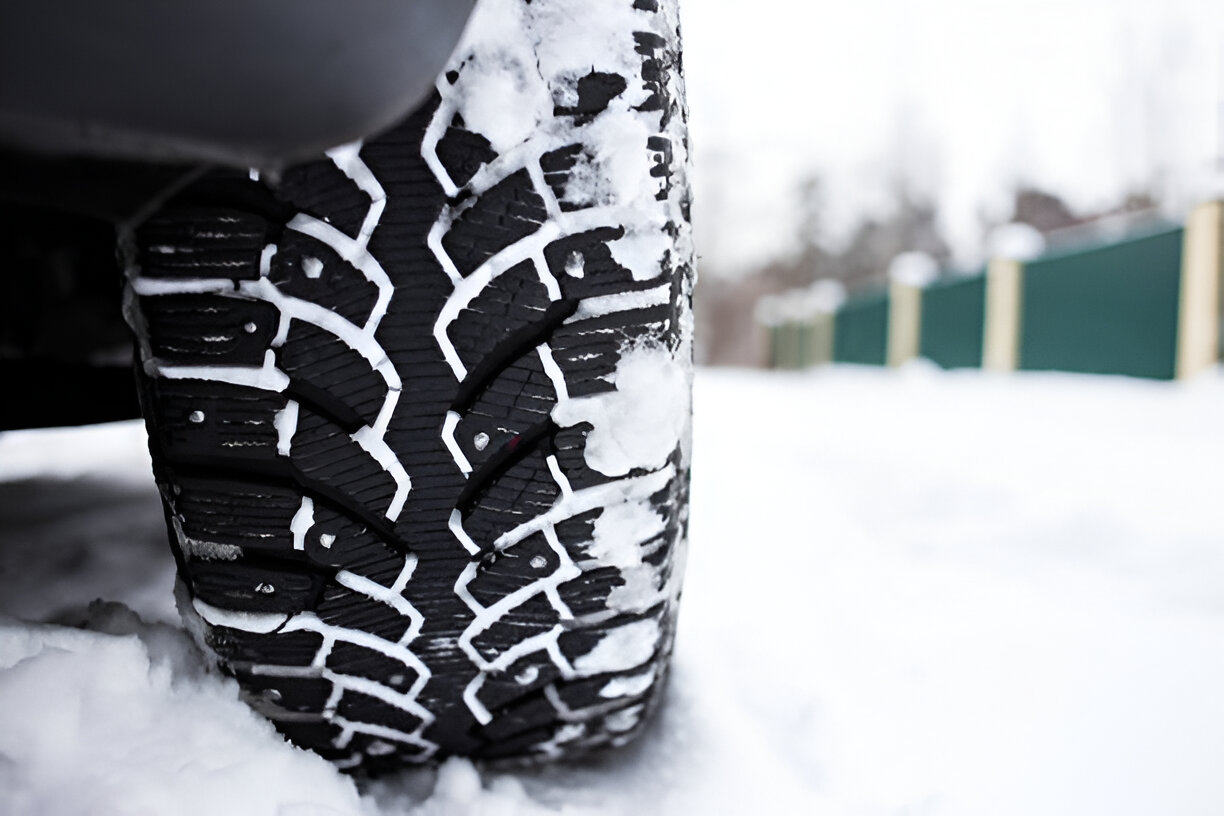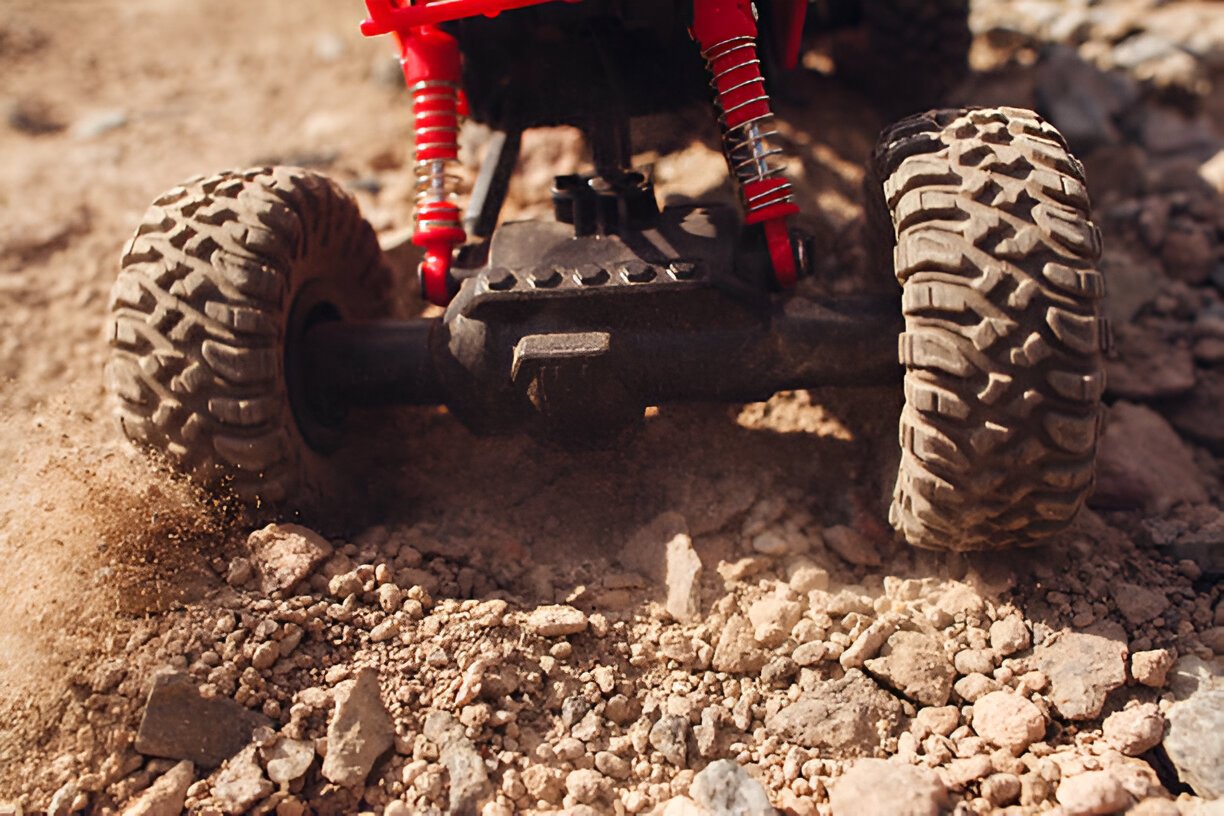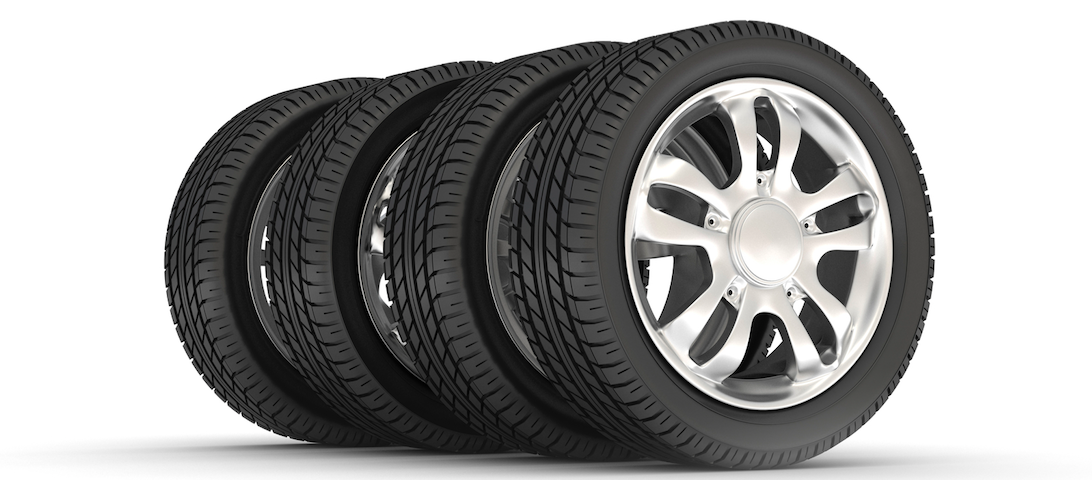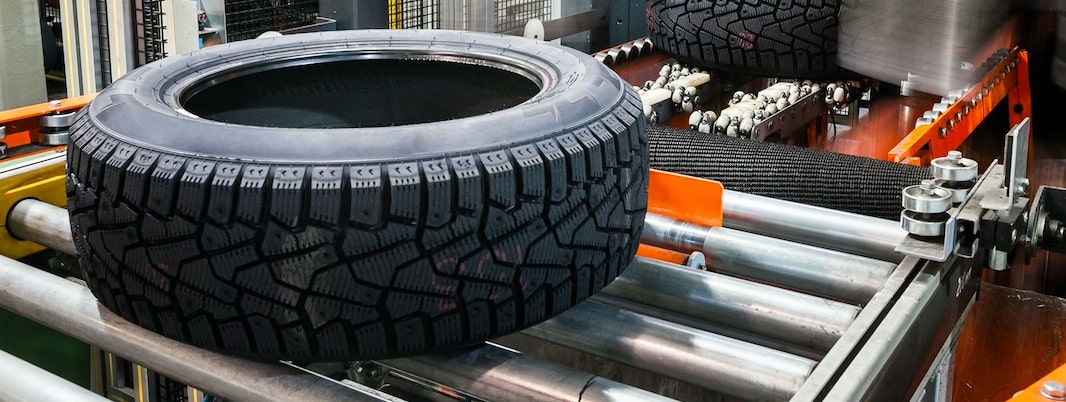Last Updated on July 30, 2025
The Science Behind Tire Sipes and Road Performance
You’ve probably noticed those tiny slits on your tire’s tread but might not have given them much thought. These small incisions, known as tire sipes, play a surprisingly significant role in your vehicle’s performance, especially in challenging conditions. Let’s journey into the world of tire sipes and discover their hidden impact.
Sipes are tiny cuts in your tire tread that are positioned to improve traction in snowy, wet, and slippery conditions. Look closely, and you will find thousands of sipes on your winter tires. Studies show that properly placed sipes on tires significantly improve stopping distance and traction, even on ice.
Tire Traction and Sipes Go Hand in Hand on Any Surface
In normal conditions, all those tiny cuts help make your tire tread a little more flexible. Sipes increase your tires’ ability to push into small variations on road surfaces for more complete road contact and a firmer grip. The added ability to conform to the road surface also makes for a smoother ride.
In wet conditions, your tires must evacuate road water to avoid hydroplaning. Most of that water is moved aside through the deep grooves in the tread pattern, but at high speed, the surface water can build up in front of the tire and increase the chance of hydroplaning. Your tire sipes help by disrupting the water surface and channeling some of the road water to the sides of the tire.
In winter conditions, sipes increase traction when the endpoints of those tiny cuts open a bit as the tread is pushed against the road. All those little available points effectively bite into the snow and grab additional traction.
Sipe Technology and Tire Science
Sipes were not introduced on tires until the 1950s, with only simple cuts. Over the following decades, sipe design evolved from simple cuts into zigzagging patterns for snowy roads. Next came a criss-cross custom designed to keep a stiffer grip when cornering and offered many more edges for increased traction and clawing on slippery roads.
Today, tread and tire designs are constructed and tested on computer screens. Sipes and other non-circumferential grooves with open ends have historically increased road noise. New designs take sound harmonics into effect, and sipes can now be cut to varying lengths and placed strategically to control additional road noise.
One of the newest innovations is “3D sipe technology”. When these 3D sipes are pressed against the road surface, two of the cut edges momentarily lock together. That stiffens the tread block to better hold its form for enhanced stability.
The Intricate World of Siping
Tire sipes might appear as aesthetic elements, but their function goes far beyond that.
The Purpose Behind the Cuts
- Enhanced Traction: Sipes increase the number of edges that touch the road surface, resulting in improved grip, especially on wet and icy roads.
- Heat Dispersion:
Sipes assist in dispersing heat, reducing wear, and extending the tire’s life. - Flexibility and Comfort: The added flexibility from sipes ensures a smoother ride, absorbing more of the road’s inconsistencies.
Historical Glimpse
Siping isn’t a new concept. John F. Sipe, in the 1920s, stumbled upon the idea when he cut slits into his shoes to prevent slipping. This principle was soon applied to tires, leading to enhanced traction.
In 2011, Goodyear introduced a new sipe design, which gradually morphs the shape of the sipe cuts to widen them and increase traction as the tread wears away. These sipes start with what appear to be thin cuts in the tire tread, but those cuts are the top end of small acorn-shaped spaces hiding just below the track’s surface. When the tire is new, with its fresh tread with deep patterns, the thin slits increase road contact in their traditional way. However, as the tread wears away and the tire pattern becomes more shallow, the previously hidden wider cut-outs are exposed to further increase traction.
Modern Siping Technology
Today, tire siping has evolved with technological advancements, making them more effective than ever.
Varieties of Sipes
- Straight Sipes: Running perpendicular to the tire’s circumference, these enhance traction on wet surfaces.
- Zigzag Sipes are particularly effective for icy conditions, maximizing the tire’s grip.
- 3D Sipes: A recent innovation, these sipes lock together for better stability while enhancing traction.
Benefits Beyond Traction
While sipes are primarily known for improved traction, their benefits extend to:
- Reducing hydroplaning risks
- Improving braking performance
- Extending tire lifespan by reducing irregular wear
Choosing the Right-Siped Tire
In the world of tires, minor details can significantly impact performance. Among these details, siping stands out as a crucial element. While all siped tires offer the primary benefit of enhanced traction, the degree to which they improve your drive depends on various factors. Here’s a deep dive into selecting the best-siped tire for your needs.
Consider Your Environment: Beyond Just Rain and Snow
- Wet and Icy Roads:
For those residing in areas with frequent rainfall or icy conditions, tires with abundant zigzag or 3D sipes are essential. These designs maximize grip, ensuring safety in slippery conditions. - Mild Climates:
Even if you’re in a less rainy or snowy area, occasional wet roads can still pose a challenge. Straight sipes can offer sufficient traction for rare scenarios without compromising other performance aspects. - Off-Roading:
For off-road enthusiasts, siped tires can prove beneficial on muddy terrains. They can dig into the mud and provide the needed grip to wade through challenging trails.
Quality Matters: It’s More Than Just Brand Name
- Advanced Siping Technology:
Modern siping isn’t just about cutting slits in tires. It’s about precision and strategic placement. Top brands invest in research and development to produce sipes that enhance grip and maintain tire stability. - Material Quality:
The rubber compound used in the tire plays a pivotal role. A tire with well-designed sipes but subpar rubber quality will still underperform. Ensure the tire is crafted from premium materials that can withstand varying conditions and wear evenly. - Real-World Reviews:
While technical specifications are vital, real-world experiences provide a clearer picture. Before finalizing your purchase, consider reviewing user reviews to understand how the tire performs in driving scenarios.
Additional Considerations
- Tire Longevity:
While sipes enhance grip, they can also lead to faster wear if incorrectly designed. Opt for tires that promise a balance between performance and durability. - Fuel Efficiency:
Due to their design, some siped tires can offer better rolling resistance, improving fuel efficiency.
Conclusion
Tire sipes, though tiny, can significantly impact your driving experience. From ensuring safety on slippery roads to extending the life of your tires, these small cuts make a big difference. Choosing the right siped tire goes beyond just selecting any tire with slits. It requires a consideration of your driving habits, environment, and the tire’s quality and design. Investing a little time in understanding these nuances can ensure a safer, smoother, and more efficient driving experience.
Ready to enhance your driving experience with the optimal siped tires?
Dive into our extensive collection and secure the best deals on quality siped tires at Tires Easy.
FAQs
What are the sipes of a tire?
Sipes are the small slits or grooves cut into the surface of a tire tread. They improve traction by providing additional edges to grip wet or icy surfaces and help channel away water to reduce hydroplaning.
Is it good to sipe your tires?
Siping can enhance traction on wet or icy roads. However, it’s essential to get it done professionally. Improper siping can lead to reduced tire life or uneven wear.
How deep should tire sipes be?
The depth of tire sizes can vary, but they’re typically shallow, only penetrating a small portion of the tread depth. This ensures they provide grip without compromising the structural integrity of the tire.
What can sipes help determine about the tire?
The presence, design, and pattern of sipes can provide insights into the tire’s intended performance characteristics, especially its wet and winter performance. Additionally, as sipes wear down, it can also help determine the remaining life of the tire.
-
Automotive Specialist
-
Proofreader
-
Writer










